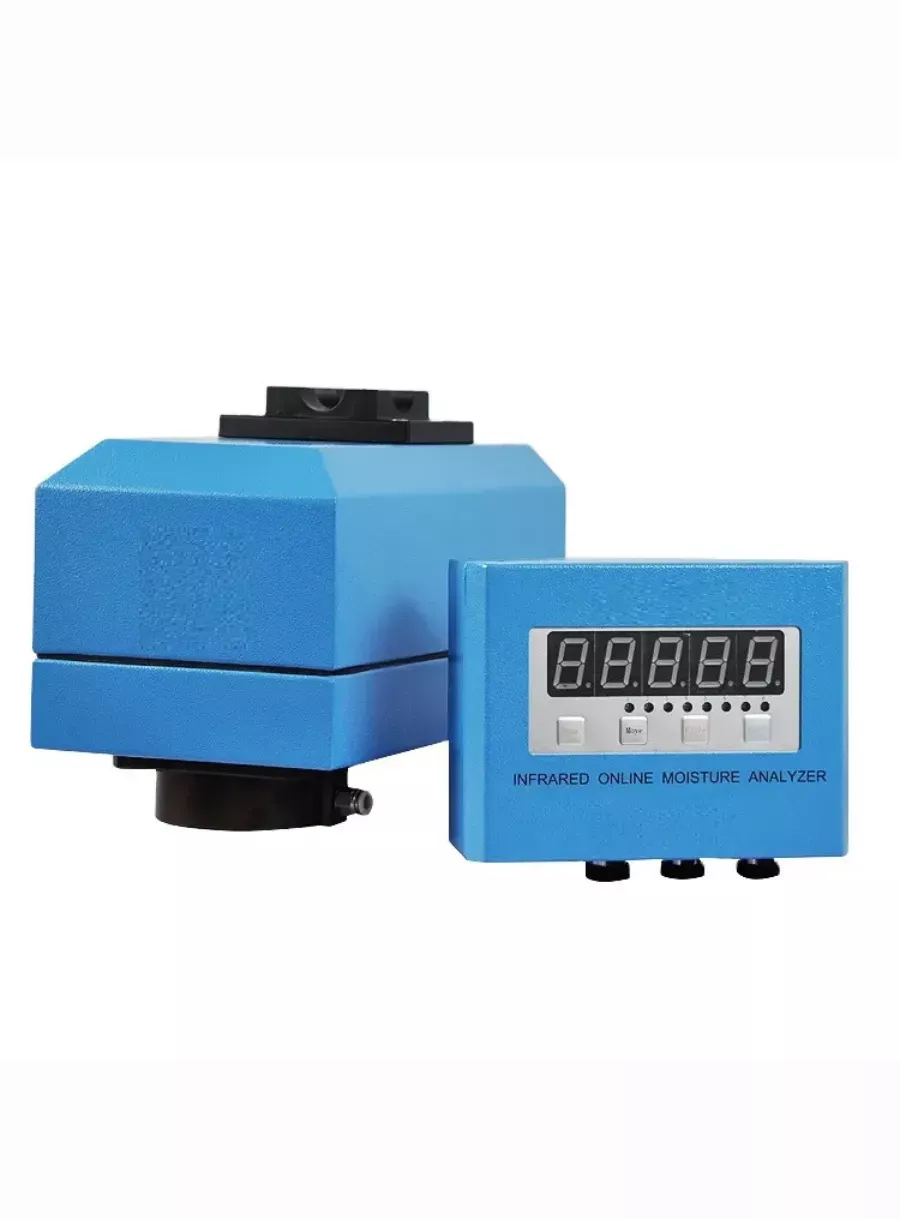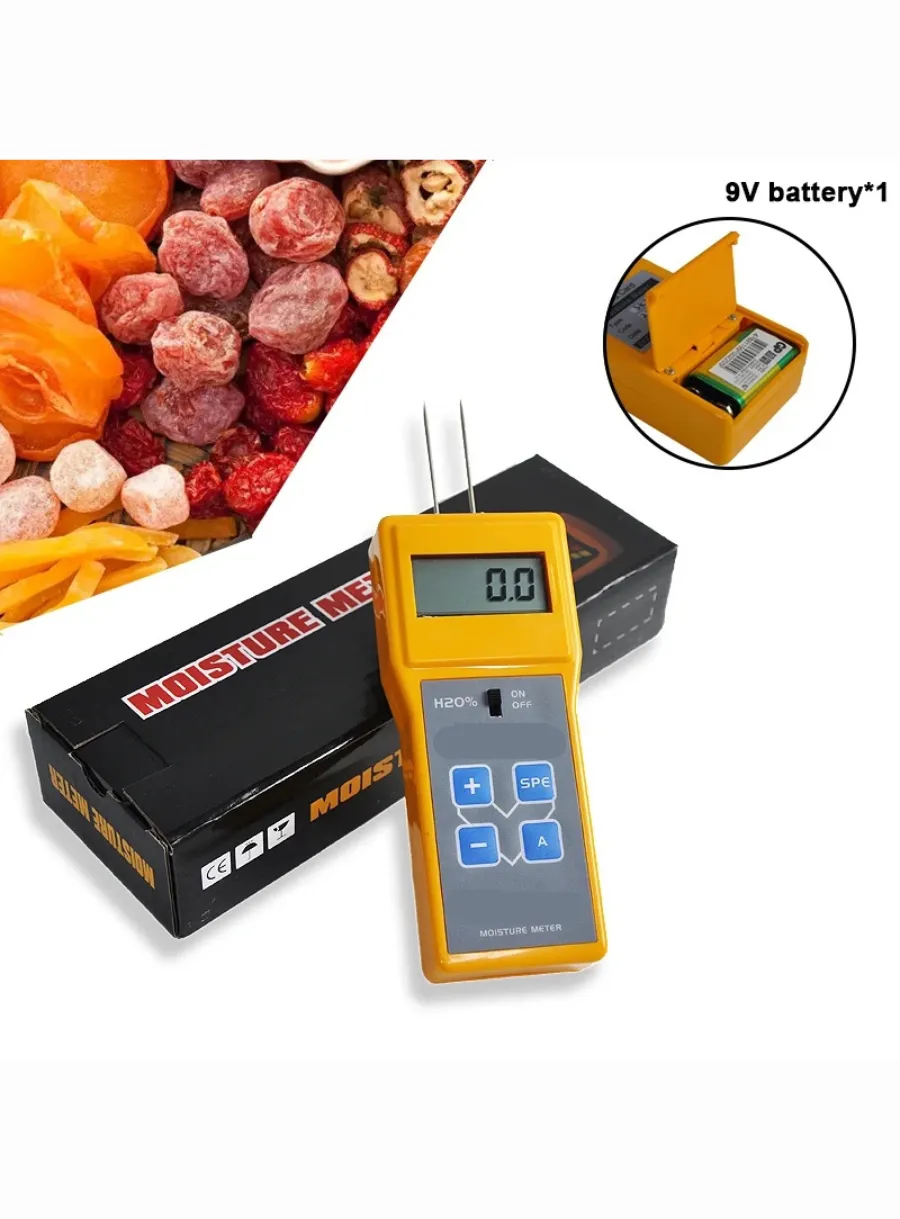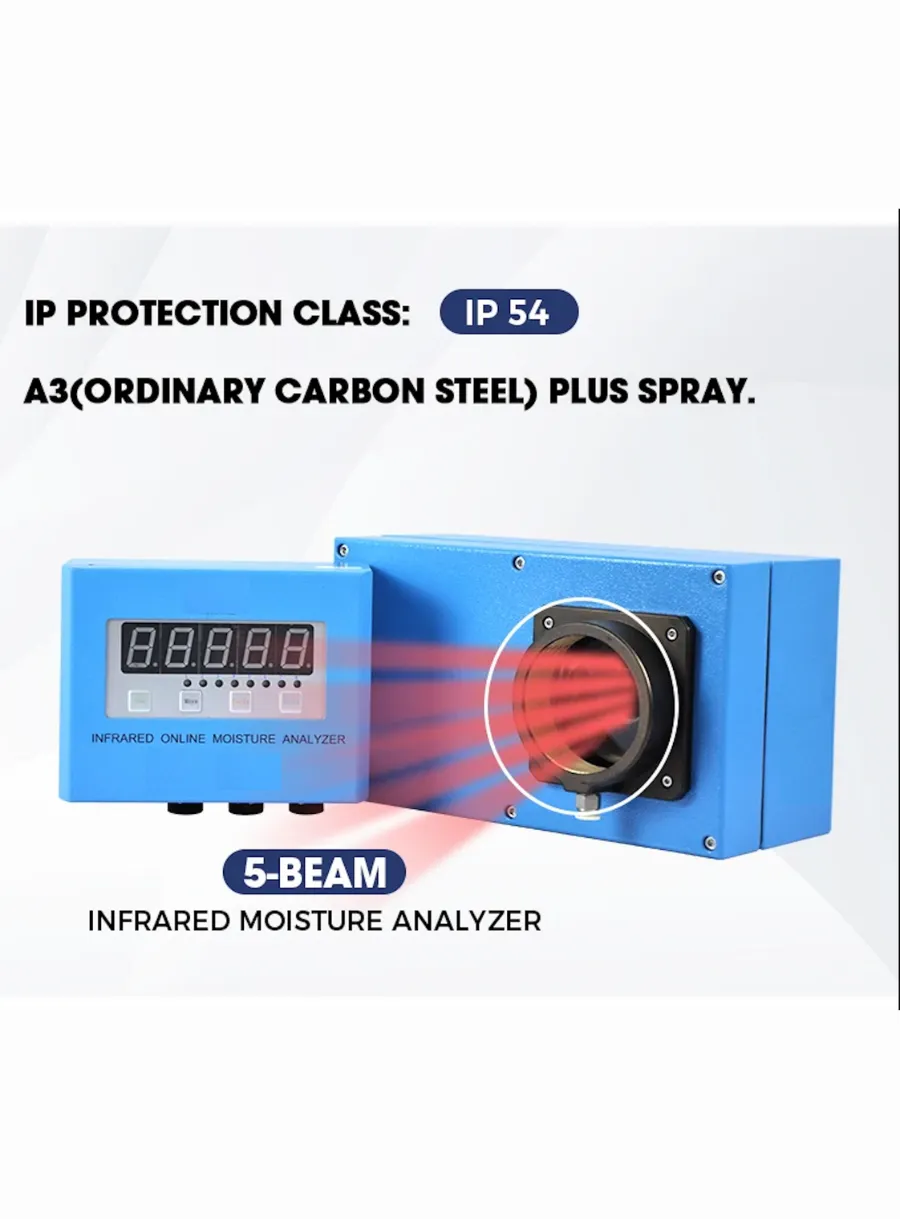
Benefits of Moisture Meters for Freeze Dried Food Work
Table of Contents
Excessive moisture can compromise the structural integrity and longevity of freeze-dried products. For instance, high moisture levels can lead to spoilage, microbial growth, and the degradation of flavor and nutritional value. By providing accurate moisture assessments, Moisture Meters for Freeze Dried Food enable manufacturers to mitigate these risks effectively.

Moisture Meters for Freeze Dried Food play a vital role in quality control processes within the food industry. They allow producers to monitor moisture content closely, ensuring that products meet legal and labeling requirements. Proper moisture management also contributes to enhanced shelf life, reducing waste and improving consumer satisfaction.

Versatility in Use
Moisture Meters for Freeze Dried Food are versatile devices applicable to a wide range of materials used in food production. They are particularly effective in assessing moisture levels in various substrates and packaging materials, helping to tailor storage and handling processes accordingly.
Best Practices for Effective Measurement
To maximize the benefits of Moisture Meters for Freeze Dried Food, following best practices is crucial. This includes calibrating the device before each use, taking multiple readings from different locations, and interpreting the results with a clear understanding of baseline moisture content for the specific materials involved. These practices help ensure accurate measurements and optimize the performance of Moisture Meters for Freeze Dried Food in the freeze-dried food industry.
Comments
Tags
Frequently Asked Question
Moisture control is crucial because excessive moisture can lead to spoilage, microbial growth, and degradation of flavor and nutritional value in freeze-dried products, compromising their quality and shelf life.
These meters allow producers to closely monitor moisture content, ensuring products meet legal and labeling requirements, enhance shelf life, reduce waste, and improve consumer satisfaction.
They can be used on a wide range of materials in food production, effectively assessing moisture levels in various substrates and packaging materials, which helps in tailoring storage and handling processes.
Best practices include calibrating the device before each use, taking multiple readings from different locations, and interpreting results with a clear understanding of baseline moisture content for specific materials involved.

